
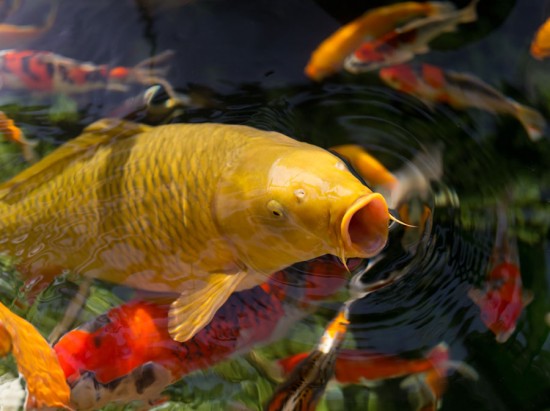
Koi carp are a very distinctive breed of large ornamental fish native to China and Japan. They have been selectively bred for centuries, to produce the many beautiful colour and pattern variations that can be seen today.
While lots of people keep a few koi in a pond as pets, show quality koi of a mature age and with desirable markings and colours can command prices running into tens of thousands of pounds- so for some people, keeping koi is a serious business!
Koi shouldn't be hard or time intensive to keep if you go about things the right way, although keeping them is certainly more involved than other pond species such as goldfish. Here is a little information for the prospective owner on how to provide a healthy home for your prospective fish.
Koi can grow very large- commonly up to three feet long, with some species reaching up to four feet or more, so you should ensure that your pond or any pond you are planning on installing is of a reasonable size. Koi will not thrive or grow to their full potential size if they do not have enough space, and so if you can only have a small pond, you may wish to reconsider and perhaps look at keeping goldfish instead.
While koi can be kept inside in a tank or aquarium, it is generally considered to be much better to keep them in the greater expanse of water which a large pond can contain. The larger the volume of water your koi are kept in, the more stable the system will be. Koi carp produce large amounts of waste, and so adequate filtration is a must in order to keep your fish happy and healthy.
Koi carp are cold water fish, and do not generally require a heater in their pond, although if the weather is particularly cold for long periods of time, you may need to rethink this. The deeper your koi pond can be built the better, and a depth of 1.5 metres at a minimum is considered optimum in order to enable your fish to regulate their temperature successfully through the seasonal variations within the UK.
Maintaining the optimum water quality for your koi is vital to their health and wellbeing. You will need to change out at least 10% of the water in the pond on a monthly basis, to reduce the quantities of ammonia, nitrates and other toxins in the water. You should also buy a suitable test kit and monitor the water quality in the pond on a weekly basis to make sure that it is within acceptable limits.
It's important not to overstock your pond, and as a general rule, there should be ten gallons of water for every inch of fish within it. To do this you will need to have a rough idea of the volume of water your pond contains, in order to calculate the amount of fish you can happily keep in it.
Having a good quality water pump for circulation and a filter to remove mess and toxins are also essential to keeping healthy koi.
The fact that koi are brightly coloured and often large can place them at risk of being seen as food by predators, even in an urban environment and with people nearby. Herons and kingfishers are particularly partial to a tasty koi snack, so you may need to affix a net over the surface of the pond to prevent these large birds from dropping by for dinner and systematically emptying your pond of all of its stock. Foxes, dogs and cats have all also been known to catch and make off with koi, particularly when they bask near the surface of the pond in warmer weather.
Koi carp are omnivorous, meaning that they will eat foods containing both meat and vegetable products as a matter of course. A good, high quality complete koi food is considered to be the easiest and most successful way to feed your fish, and over time you will find that koi can tell when it is feeding time and will gather to await your arrival! Tame koi can sometimes be fed right out of your hand, something which many owners find very rewarding. Koi also enjoy various treats such as peas, small chunks of melon, and different types of lettuce.
You may be surprised to learn that koi carp regularly reach ages of between fifty and seventy years old when well cared for, although around twenty years is more the norm. Some types of koi have been documented as reaching well into treble digits, with the oldest know koi on record having achieved the grand old age of over two hundred years old! One of the usual caveats of pet ownership is that you be willing and prepared to care for any pet you obtain throughout the entire duration of their lives, although this doesn't take into account the possibility that your pet may outlive you by some considerable amount. Still, keeping koi should be very much regarded as a long term commitment, and you should think carefully about your home and living situation and address the question of what would happen or how you would manage it if you needed to move house or relocate the pond within your fish's lifetime.
Remember, if you're planning on installing a pond or altering an existing pond to keep koi carp, it's important to do plenty of research before you consider adding the fish.
Koi are sold through various different outlets such as specialist breeders and keepers, aquatic pet stores and sometimes even garden centres. Here at Pets4homes.co.uk we have an entire section dedicated to buying and selling of koi of many varieties, and making first contact with your potential seller online is a great way to find a caring, experienced keeper who can sell you a healthy and beautiful fish and advise you on its history and care.
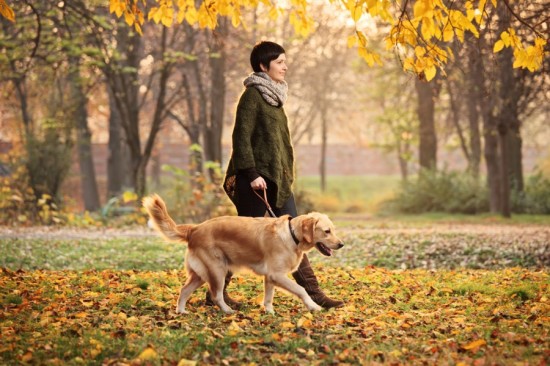 Environmentally Friendly Pet Care - Making Greener Choices
Environmentally F
Environmentally Friendly Pet Care - Making Greener Choices
Environmentally F
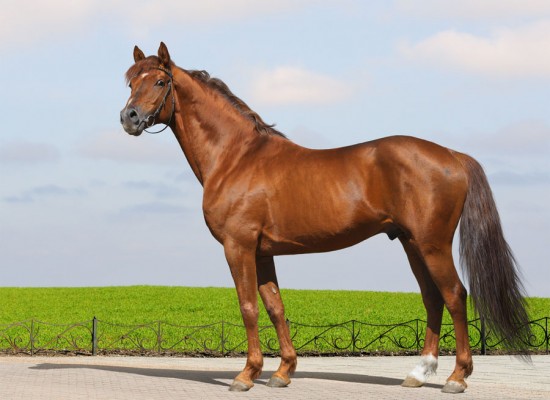 The Conformation Of The Horse
The Conformation
The Conformation Of The Horse
The Conformation
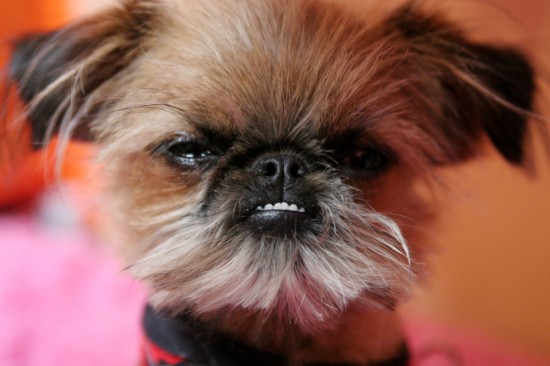 Different Tactics To Address Aggressive Behaviour In Dogs
Different Tactics
Different Tactics To Address Aggressive Behaviour In Dogs
Different Tactics
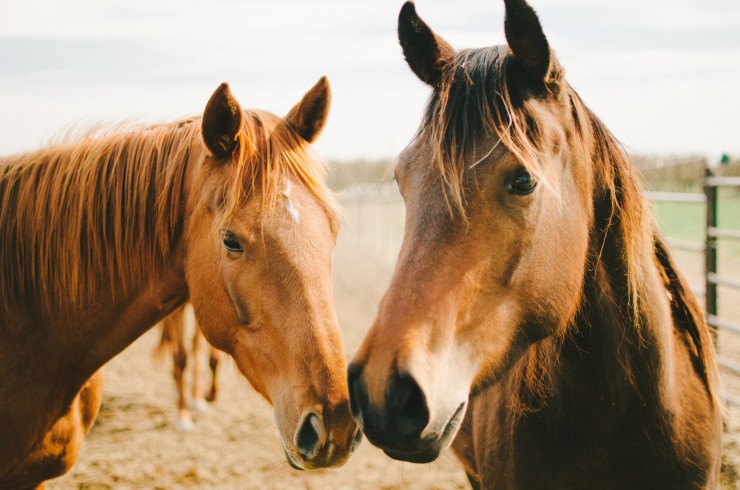 A Horses Equivalent To The Common Cold
A Horses Equivale
A Horses Equivalent To The Common Cold
A Horses Equivale
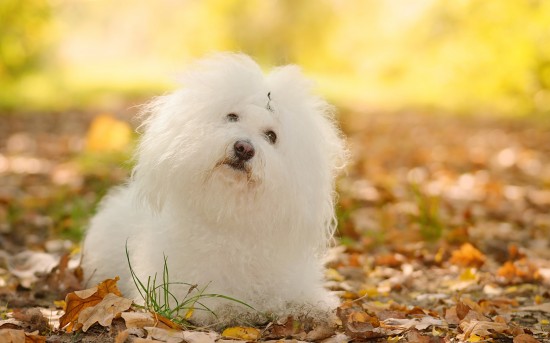 The Bolognese A Healthy Little Dog
The Bolognese A H
The Bolognese A Healthy Little Dog
The Bolognese A H
Copyright © 2005-2016 Pet Information All Rights Reserved
Contact us: www162date@outlook.com